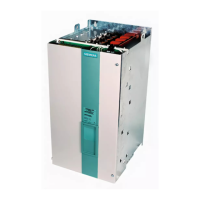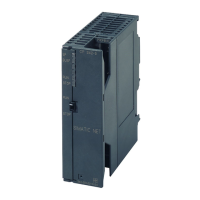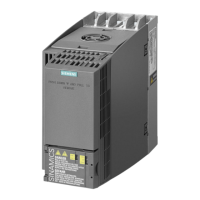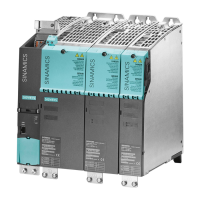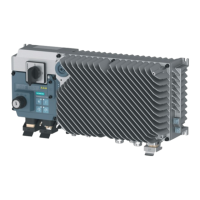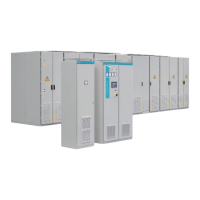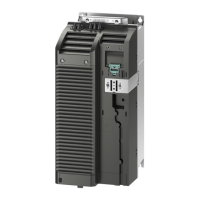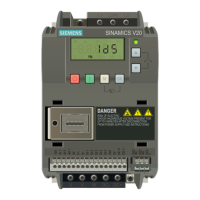09.02 Environmental Compatibility
Siemens AG 6SE7087-6AK85-1AA0
13-1
Rectifier/Regenerating Unit Operating Instructions
13 Environmental Compatibility
Environmental aspects during development
The number of parts has been reduced substantially by the use of highly integrated components and by a
modular structure of the complete converter series. This reduces energy consumption during production.
Particular attention was paid to reducing volume, mass and type diversity of the metal and plastic parts.
Plastic parts used:
ABS: Front cover
Fan grille, fan cover (Size C)
PMU support
PP: Hinge
Insulating plate
Handle
Bus retrofit
PC: Size E:
Protection against accidental contact
IP20 enclosure
Insulation of customer connections
Plastic part of fan box
PA6: Insulating films
Terminal housing
Flame arresters containing halogen and insulating materials containing silicone have been replaced by
pollutant-free materials in all components.
Environmental compatibility was an important criterion in the selection of externally source items.
Environmental aspects during production
Externally sourced items are mainly transported in returnable packaging. The packaging material itself is
recyclable, consisting mainly of cardboard and untreated wood.
Except for the hot-dip-galvanized enclosure and tinned rails for size E, H and K, no special surface coatings are
used.
SMD components are used on the printed-circuit boards.
Production is emission-free.
Environmental aspects of disposal
The unit can be dismantled into recyclable mechanical components by means of easily removable screw and
snap joints.
The PC boards can be disposed of thermally. The number of components containing hazardous substances is
only slight.
The recyclable plastic parts are designated in accordance with DIN 54840 and marked with the recycling
symbol.
AoteWell Automation Sales Team
Buy Siemens PLC HMI Drives at AoteWell.com

